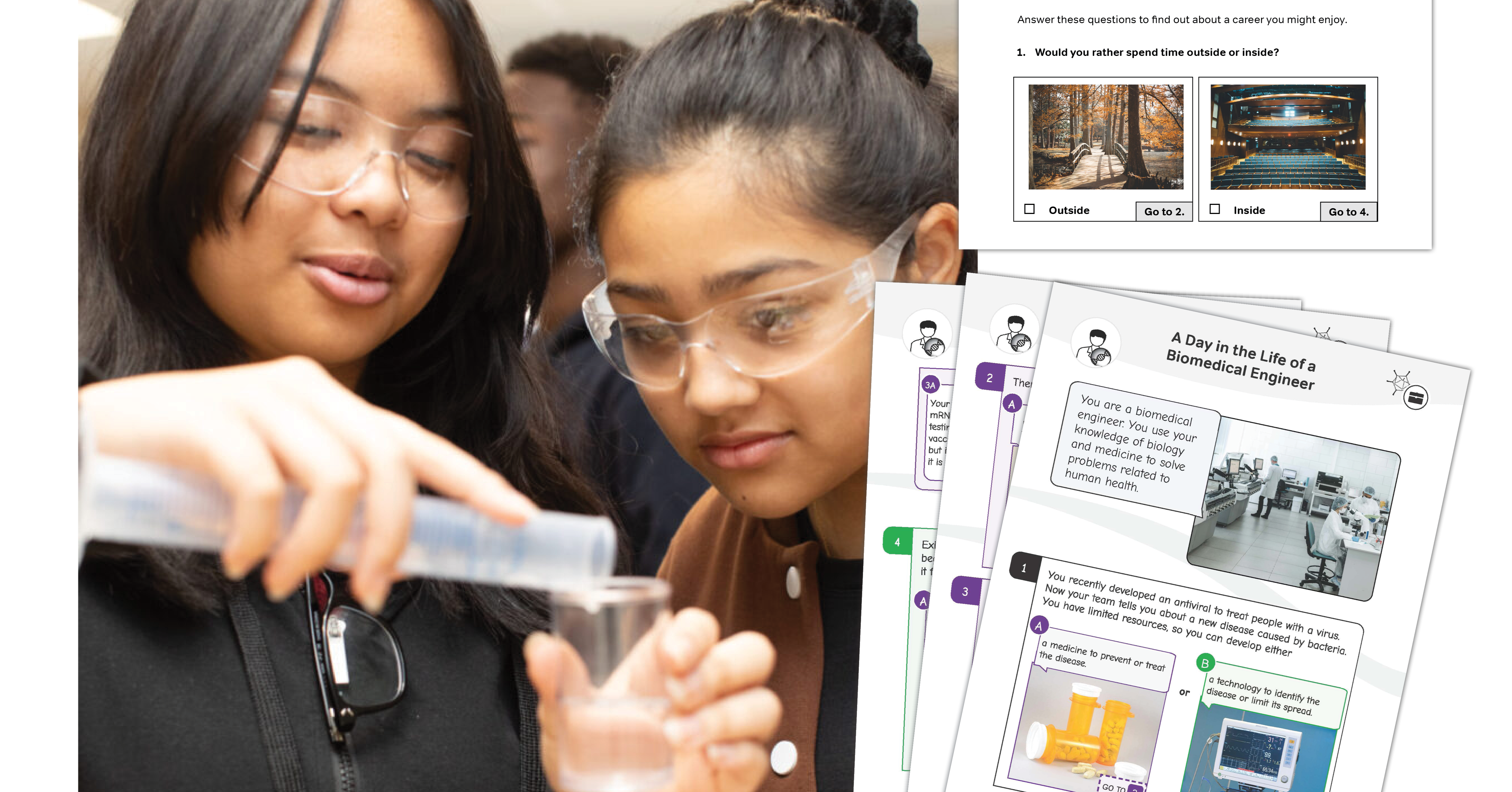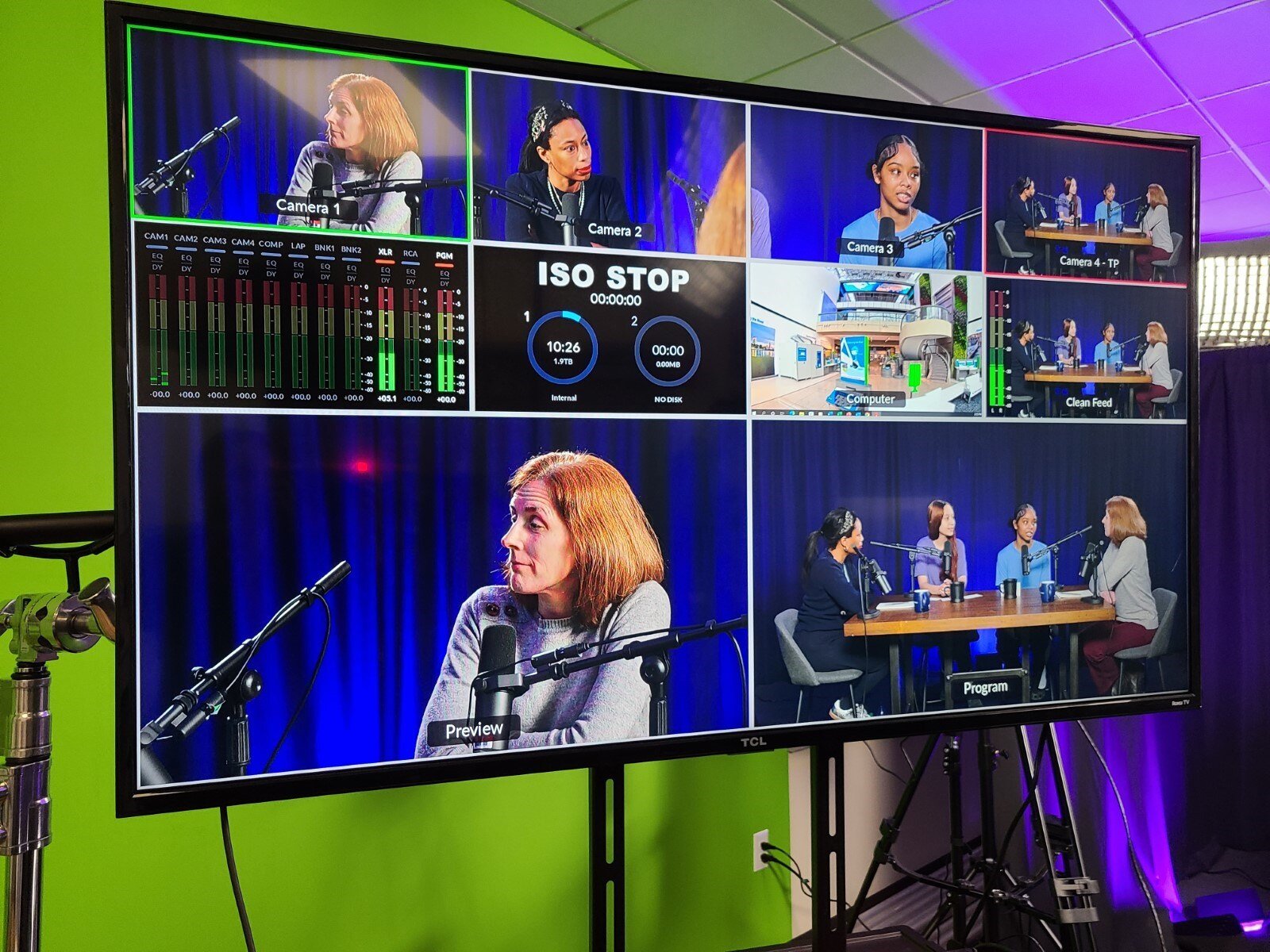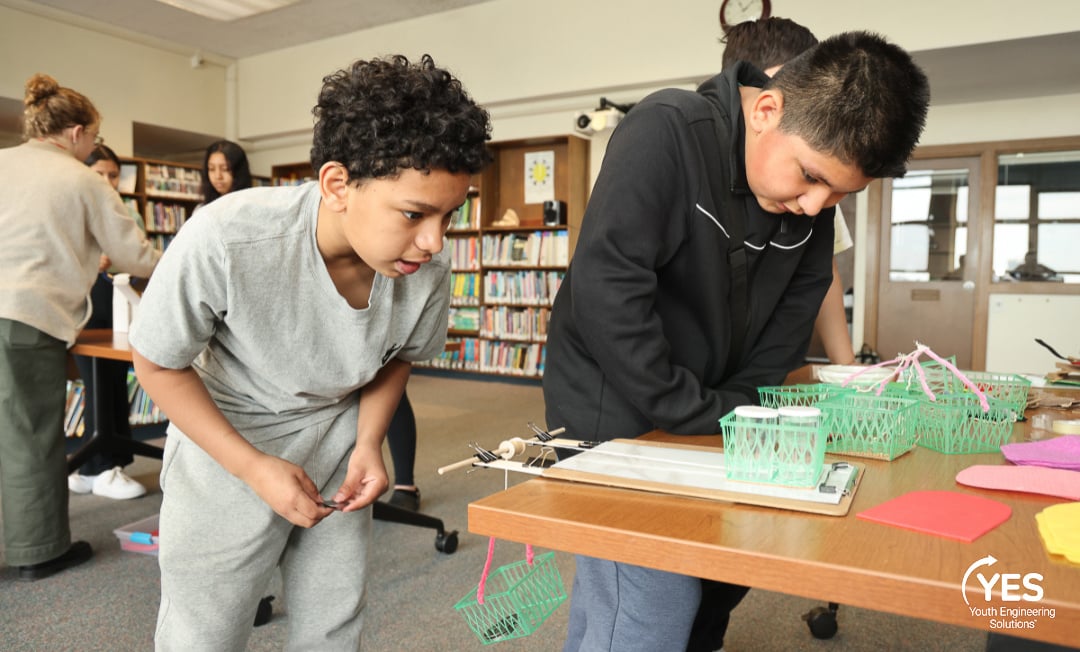Each Thursday on the EiE Blog we offer tips for teachers of elementary engineering.
To answer today's question, let's take a look at Lesson 3 of the Engineering is Elementary (EiE) unit Catching the Wind: Designing Windmills. This lesson engages students in designing sails with different shapes from a variety of materials. Once their sail is constructed, kids attach it to a little raft mounted on a track, turn on an electric fan to generate “wind,” and measure how far their raft sails down the track. Often, teachers like to set up more than one sail track, so that testing can proceed faster . . . but then students ask if they can race. Should you let a sailboat race be part of the activity?













